Driving a car with a rattling engine can be frustrating. Besides disrupting your concentration on the road, a noisy engine also attracts unwanted attention, making you feel embarrassed when driving on the highway or trying to park in front of a public space. It's like driving with a loudspeaker announcing your car's troubles.
Most of the time, a rattling noise coming from a car engine while driving usually signals mechanical issues that could escalate if left unaddressed. This noise may be a result of parts of the engine vibrating, knocking, or moving unusually, and if overlooked, it can affect performance, safety, and the vehicle's lifespan. Neglecting the noise might result in a complete breakdown of the car and costly repairs.
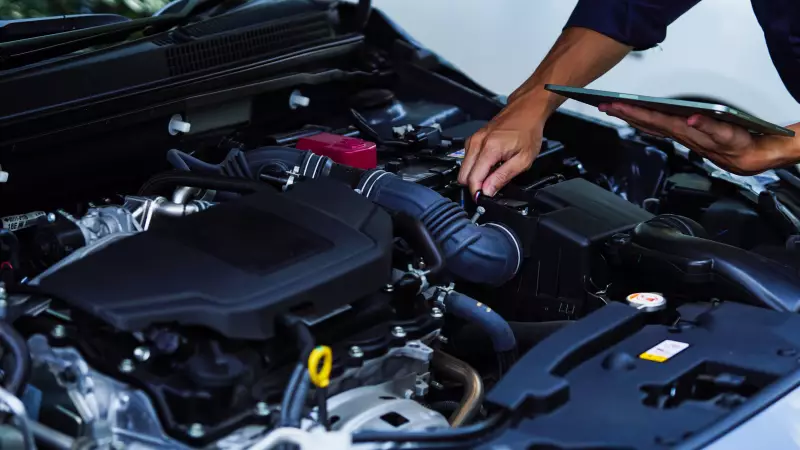
Is the Engine Rattling Noise While Driving Normal?
If an engine rattling noise is faint, brief, and does not recur frequently, you have no reason to panic. The noise may be a result of a light tap from hydraulic lifters due to cold oil or a slightly loose shield.
However, even mild noises can signal early-stage mechanical issues that worsen over time. As such, it is always best to get your car checked as soon as you hear a rattling sound when driving.
While hearing a mild rattling noise when driving does not necessarily mean your car is in bad shape, a loud, persistent rattling noise from your vehicle is often a sign of mechanical issues that may be caused by loose parts, engine wear, or problems with the fuel or exhaust systems. Note that each of these causes of rattling noise produces distinct sounds and has unique implications.
Common Causes of Engine Rattling Noises?
Common causes of engine rattling noises typically include, but are not limited to:
- Loose Heat Shields or Exhaust Components: When the metal covers on the exhaust manifold loosen due to rust, worn clamps, or broken welds, they collide against the engine or exhaust as the vehicle vibrates, resulting in an unpleasant noise.
- Low Engine Oil or Oil Pressure Issues: Low engine oil can cause a rattling noise in a car's engine by reducing lubrication and hydraulic pressure, leading to metal-to-metal contact as the car is in motion.
- Worn Engine Mounts: Worn engine mounts typically cause excessive engine movements, which lead to vibration or contact between engine components or the vehicle's chassis.
- Failing Timing Chain or Tensioner: A worn, weak, or broken tensioner fails to maintain proper chain tension, leading to vibrations that can trigger a rattling noise when the chain comes into contact with other engine parts.
- Detonation from Bad Fuel or Spark Timing: A bad fuel (e.g., fuel with an octane rating lower than required) may lead to detonation. Detonation occurs when the air-fuel mixture in the cylinder ignites prematurely or unevenly, creating multiple flame fronts that collide, causing a shockwave. This differs from normal combustion, where the spark plug initiates a controlled burn. The result is a sharp, metallic rattling or pinging sound as the combustion process becomes unstable.
- Loose Belts Or Pulleys: A loose pulley typically wobbles, causing a rhythmic rattle at idle or low RPMs.
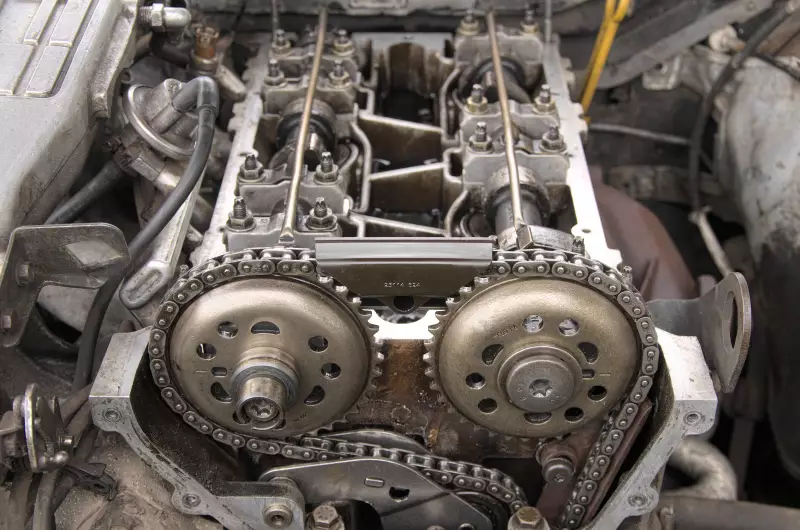
How To Diagnose Where the Rattling is Coming From?
Identifying the source of an engine rattling noise when driving can help prevent costly repairs or engine damage. This process may involve several activities, including but not limited to listening to the noise’s characteristics, performing visual and auditory checks, and sometimes using tools to pinpoint the location.
Listening to Noise Characteristics
You can diagnose the source of your car's rattling noise by paying attention to its characteristics. Start by identifying the pitch and type of noise you hear.
Metallic, sharp rattles often suggest issues such as a loose timing chain or external parts like heat shields, while a light ticking noise may indicate problems with the valve train. Deep knocking sounds can indicate internal wear, such as issues with rod bearings or piston slaps. In contrast, high-pitched pinging typically signals detonation, which can be caused by poor fuel quality or incorrect spark timing.
Next, take note of when the noise occurs and its condition. For instance, brief rattling may be a sign of low oil pressure affecting the lifters, while noise that occurs during acceleration often indicates detonation or timing chain problems. Lastly, try to determine the location of the noise by focusing closely on where it appears to be coming from.
Visual and Auditory Check
You can also diagnose the source of a rattling noise by performing a visual inspection. Check under the hood for any loose components. Be sure to examine the engine mounts for cracked rubber, loose bolts, or hydraulic fluid leaks.
In addition to a visual inspection, you can conduct an auditory check. Using a mechanic's stethoscope, place the probe on various areas of the engine, such as the valve cover, timing chain cover, and oil pan, to pinpoint the source of the noise. If you don't have a stethoscope, a long screwdriver can serve as an alternative. Simply hold the screwdriver against the engine components and press your ear to the handle. The metal will conduct sound, amplifying the noise from the source.
While these DIY methods can help you identify or temporarily stop engine noise, they may not be entirely accurate and can lead to misdiagnosis. Therefore, it's always best to consult a professional mechanic if you hear a rattling sound while driving.
A professional diagnosis of engine rattling is more effective than DIY methods because mechanics have specialized tools, expertise, and experience that allow them to accurately identify the source of the noise, assess its severity, and prevent costly or dangerous outcomes. Mechanics often use tools like oil pressure gauges, code scanners, borescopes, and electronic stethoscopes to pinpoint the exact cause of the rattling.
Can You Keep Driving With a Rattling Engine?
While some engine rattling noises are not harmful to your vehicle's engine in the long run, most rattling noises from your engine signal mechanical problems that impact your engine's integrity and performance. These problems can escalate quickly, leading to severe engine damage, safety risks, and significantly higher repair costs.
Consequently, it is always best to investigate the engine's rattling without delay. Prompt investigation prevents minor problems from escalating into catastrophic events, ensuring vehicle reliability and driver safety.
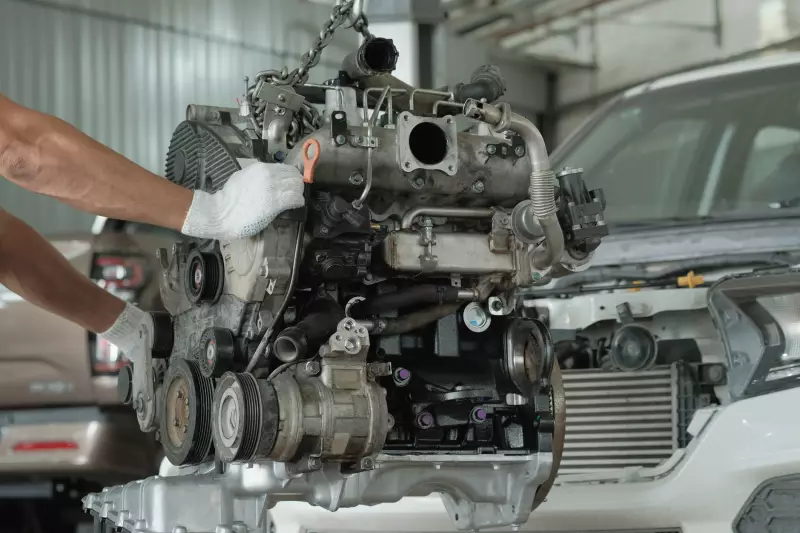
How To Fix Engine Rattling Problems?
Fixing an engine rattling noise involves a series of steps to diagnose and address the underlying cause. The potential sources of such noise can range from straightforward maintenance issues to more complex mechanical failures, including low oil levels, worn engine mounts, timing chain concerns, detonation, or loose components.
The process typically involves diagnosing, repairing, or replacing the affected parts and implementing preventive measures to mitigate the risk of recurrence. To begin, it is essential to accurately identify the source of the noise to avoid unnecessary repairs and ensure effective resolutions. This may involve diligently listening to the characteristics of the noise, assessing the oil level and its condition, and inspecting for loose external components such as heat shields, exhaust clamps, or accessory pulleys.
Additionally, one should note any accompanying symptoms, including misfires, power loss, or warning lights. Upon identification of the cause, one can tailor the necessary repairs to address the specific issue at hand. The nature of the repairs required will vary depending on the source of the noise that has been identified. For minor repairs, such as tightening loose heat shields or clamps, a wrench or screwdriver can be used. However, significant repairs involving components such as the timing chain, bearings, or damage related to detonation require professional assistance.
It is essential to note that rattling noises often arise from preventable issues, such as low oil levels, subpar fuel quality, or lapses in maintenance. Regular maintenance and prompt care can effectively identify wear and prevent the development of rattles or major failures, thereby reducing the likelihood of new or recurring noise


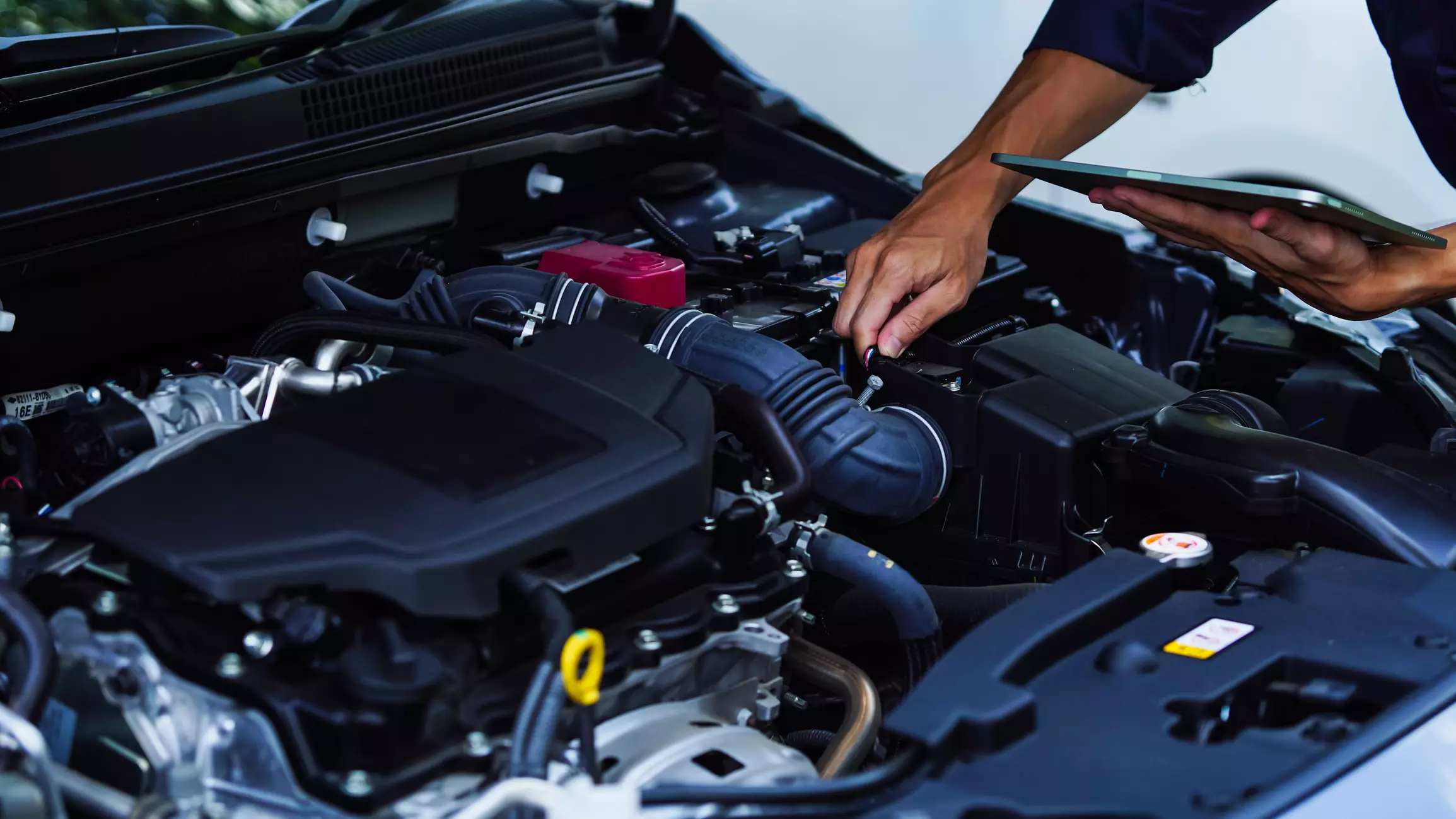




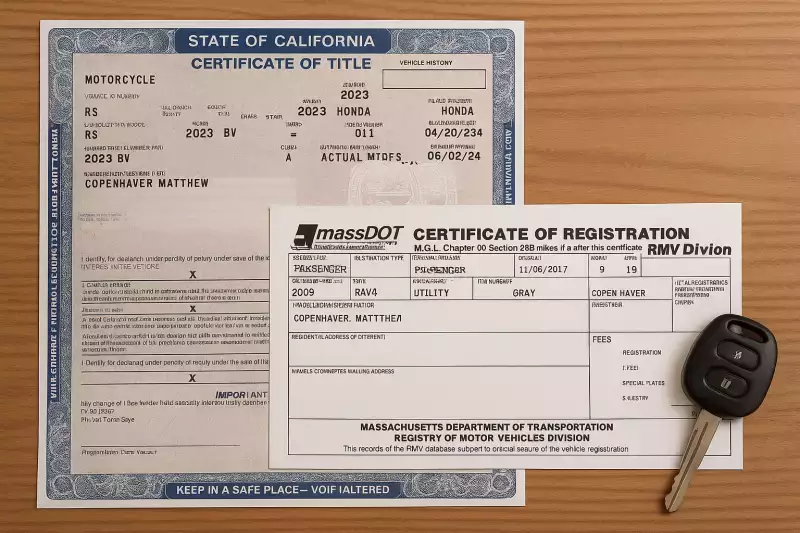
![Best Sites to Check a Car’s History [2025 Review]](https://media.infopay.net/thumbnails/K8lMeG2QLjE46LPqZlmoi6SunKKdT5qvlaRZk6e1.webp)









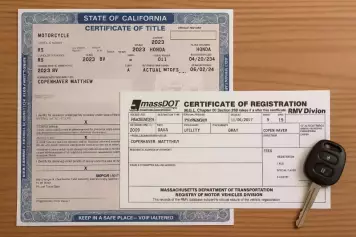
![Best Sites to Check a Car’s History [2025 Review]](https://media.infopay.net/thumbnails/K8lMeG2QLjE46LPqZlmoi6SunKKdT5qvlaRZk6e1-w356.webp)
